Imagine saving for months—even years—to book the perfect cruise. You step on board, and it’s everything you dreamed of. Luxurious lounges, endless buffets, free entertainment, and lazy days on the Lido Deck await. Then it hits you—the spending doesn’t stop at boarding—it skyrockets!
From overpriced drinks to costly WiFi and spa treatments, cruise ships are filled with money traps waiting to catch first-time cruisers. But don’t get caught out. I’ve discovered the 19 biggest cruise money traps designed to drain your wallet faster than pulling the plug on a leaky lifeboat.
Ready to outsmart the spending traps and sail away stress-free? Read on to find out more.
Priority Boarding is Usually a Waste of Money
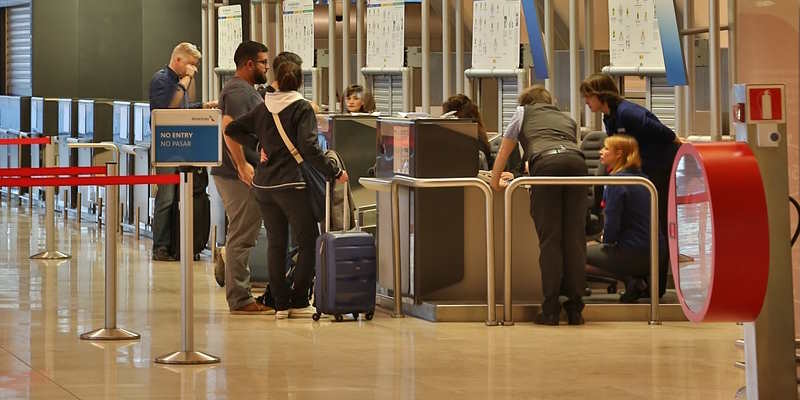
Fancy paying around $100 just to skip the line? Most seasoned cruisers agree—it’s a waste of money. Unless you’ve splashed out on a premium suite where priority is included, it’s rarely worth the premium price.
Cruise lines love to pitch it as your “first step to getting VIP treatment.” In reality, most cruise passengers are on the ship within an hour of arrival at the cruise terminal. Even speedier if you check in with the cruise line app.
What to do instead? Arrive at the port early to beat the rush hour or simply enjoy a coffee nearby while crowds thin out. One cruiser shared that priority boarding saved some time, but they later realized the $90 would be better spent on a shore excursion.”
Before you pay extra to board early, read this article on what smart cruisers do on embarkation day—it might change your mind!
Overpriced Drinks Packages Can Drain Your Wallet

Cruise beverage packages sound tempting—pay one price and get unlimited drinks. However, it’s money down the drain unless you drink six to eight drinks per day. And don’t forget—premium drinks are rarely included. Is it a waste of money or not? It depends on how much you drink.
A drinks package is a waste of hard-earned cash if you’re an occasional drinker or prefer teas, coffees, and sodas. Also, an itinerary packed with port stops means you spend less time on board—making it tricky to break even.
However, the beverage package could be a good deal if you plan to enjoy several alcoholic drinks every day. Also, if the cruise itinerary has lots of sea days, you’ll spend more time on board.
Think unlimited drinks packages always lead to savings? Discover the worst drink package mistakes to avoid.
Onboard Photo Packages are a Costly Splurge

Think $30 for a glossy photo is worth it? Yep, it’s easy to get caught up in the cruise ship excitement and pay over the odds for professional shots. But cruise lines know how to turn your emotions into profit. From embarkation to formal nights and lounging, they’re snapping away to deliver photo bundles at sky-high prices.
Savvy cruisers use their smartphone or camera to capture special moments on the ship.
However, for special occasions—life events, anniversaries, or family reunions—the cost may feel justifiable. One cruiser shared that the pictures became priceless memories after her husband sadly passed away. Sometimes, the memories are worth the splurge.
Learn about the other cruise ship rip-offs designed to drain your wallet.
Art Auctions Can Be a Budget-Buster

Cruise lines use the relaxed ship atmosphere and free champagne to lure you into spending money on overpriced or low-value art pieces. I read about one shocked cruiser who discovered the “priceless” painting was worth 15% of its actual value. Don’t become easy prey onboard.
By all means, attend art auctions to enjoy the ambiance and complimentary bubbly. But view it as a fun event and keep your wallet in your pocket. One cruiser recommended buying hand-painted artwork from local artists onshore instead. You get unique, authentic pieces that cost a lot less and support local economies.
Specialty Dining is an Expensive Indulgence

Determining whether specialty dining is worth it can be tricky. On the one hand, you’ve already paid for all-inclusive food on a cruise ship—why pay more? On the other, specialty dining options offer a unique experience compared to the buffet or Main Dining Restaurant (MDR).
The truth is that the MDR and buffet typically serve excellent meals at no extra cost. Of course, specialty restaurants feel fancy, but prices can rival land-based fine dining places. In my experience, the paid-for restaurants are nice, but food in the MDR is just as good—and free.
Top cruise tip: Specialty restaurants often have great first-day discounts. So why not snag a great deal on embarkation day and escape the chaos at the buffet?
Cruise Line Shore Excursions Often Cost More Than They’re Worth

Cruise line shore excursions promise convenience and safety—but at a premium price. Did you know that these tours are often double or triple the cost of booking directly with local operators? I remember booking an independent tour, and guess what? There were passengers from the cruise ship on the same tour who booked through the cruise line, but at double the price!
Cruise-sponsored shore excursions are marketed as hassle-free and worry-free. The reality is you’re paying for the cruise line’s markup, not necessarily a better experience.
Instead, research local tour providers or explore on your own for a reduced cost. Many seasoned cruisers swear by it. One shared, “We paid $50 for a private tour that the cruise line charged $150 for—and it was more personal and flexible.”
Of course, for first-time cruisers or visiting unfamiliar or less secure ports, cruise line shore excursions can provide peace of mind.
Upcharge Seminars and Classes are Often a Money Sink

Cruise ship cooking classes or wine seminars might sound fun, but they often come with hefty price tags. Most cruises have a range of classes to choose from—everything from mixology to photography, fitness sessions, and even fencing. However, many have hidden fees or high-pressure sales pitches afterward.
Seminars and classes are pitched as enriching experiences. But many cruisers find they aren’t worth the cost, especially with so many free activities onboard. If you want to spend time onboard, look for discounts, bundled deals, or free options like poolside entertainment or trivia games.
Spa Treatments Can Eat Away Your Vacation Budget

It’s common knowledge among seasoned cruisers that onboard spa treatments can be outrageously expensive. We’re talking $100 to $200 for a 75-minute session, excluding mandatory gratuities. Added to that is the sales pitch for expensive beauty products.
A money-saving strategy many savvy cruisers use is to book spa treatments when they go on sale. Also, you can pick up great deals on embarkation day if you stay onboard during port days. One cruise guest shared how they saved 30% on a port-day deal. It’s still pricey but more justifiable.
Discover other reasons to stay onboard during a port day.
Product Upsells Will Burn Through Your Cash
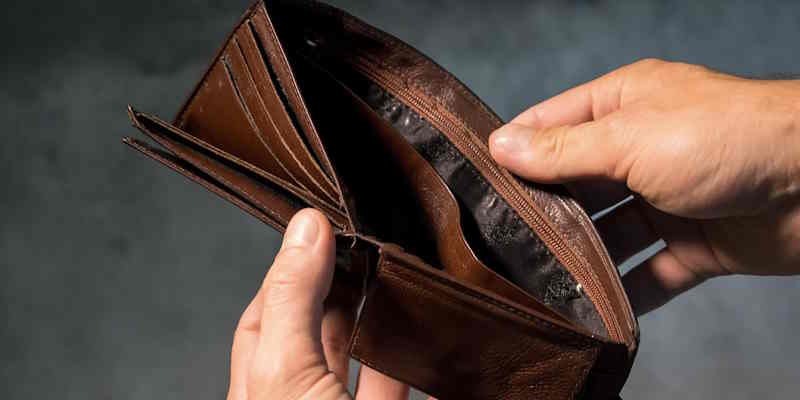
Attend a spa treatment or seminar onboard, and you’ll likely face a high-pressure sales pitch. Cruise lines use the relaxed atmosphere, vacation vibes, and FOMO (fear of missing out) to pitch their products. These upsells make you question how you ever lived without the product—until you see the inflated price tag.
Instead, politely decline and shop for similar items on land or online for a fraction of the cost. One savvy cruiser shared how they were tempted by a $200 skincare set. But after a quick online search, they discovered the same items for half the price.”
Want to save more money on a cruise? Learn about the top things you can get free on a cruise.
Onboard Shopping is an Easy Way to Overpay

A surefire way to empty your wallet is to indulge in a little onboard shopping. From jewelry to souvenirs, cruise ships market their onboard shops as offering exclusive deals or duty-free savings. But you can usually snag the same items cheaper online or in port.
Yes, it’s all too easy to get caught up in the moment and overspend on things you don’t actually need. Instead, save your shopping for local markets during shore excursions. One cruiser told me how they almost bought perfume onboard for a “bargain” price but found the same brand in port 50% cheaper.
Casinos Can Quickly Empty Your Wallet

The flashing lights, easy-access slot machines, and lively casino games can drain your wallet in no time. Gambling always carries a risk, but cruise ship casinos are particularly notorious for poor payouts compared to land-based ones. Unregulated by U.S. gambling laws, they often stack the odds even further in the house’s favor, making significant wins highly unlikely.
Instead, set a strict limit for fun money and stick to it. Treat it as entertainment, not a profit-making venture. One cruiser shared great advice, “Only bring what you’re prepared to lose—it’s about the experience, not the winnings.”
Overpriced WiFi Packages Will Break the Bank

Want to stay connected at sea? Expect to pay premium prices for poor WiFi services. On most cruise ships, the internet service is spotty at best. And you’ll often pay more per week onboard than your regular broadband service. For most cruisers, it feels like paying luxury rates for subpar service.
Instead, plan ahead by downloading movies, music, or maps before boarding. Use free WiFi in ports whenever possible. When cruising, I usually skip the onboard package and use local hotspots in port. It’s faster, cheaper, and saves a fortune.
Laundry Services Are an Expensive Convenience
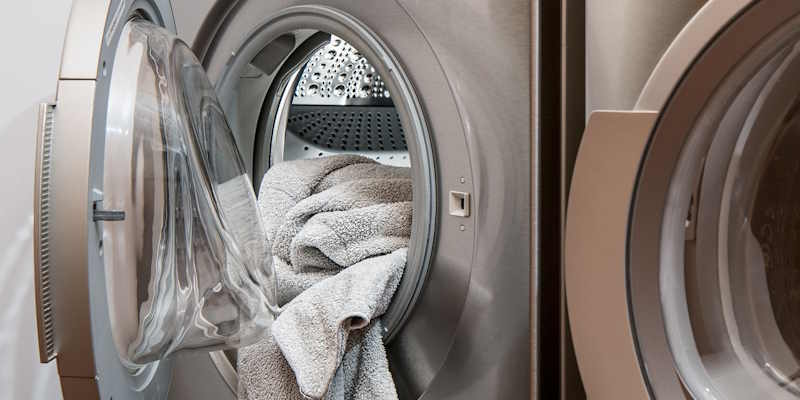
Cruise ship laundry services can turn into a budget-breaking expense due to inflated prices. Even basic laundry services can be two to three times as much as you’d expect to pay on land. While convenient, it’s one of the priciest ways to refresh your wardrobe at sea and add big bucks to your online account.
The cost-saving trick savvy cruisers use is to pack a travel laundry kit—small sachets of liquid detergent and a clothesline. This way, you can wash small items like tees, swimsuits, and underwear without paying over the odds on onboard laundry fees.
Discover other unusual things to pack for a cruise.
Tipping Twice for Onboard Services is a Common Oversight
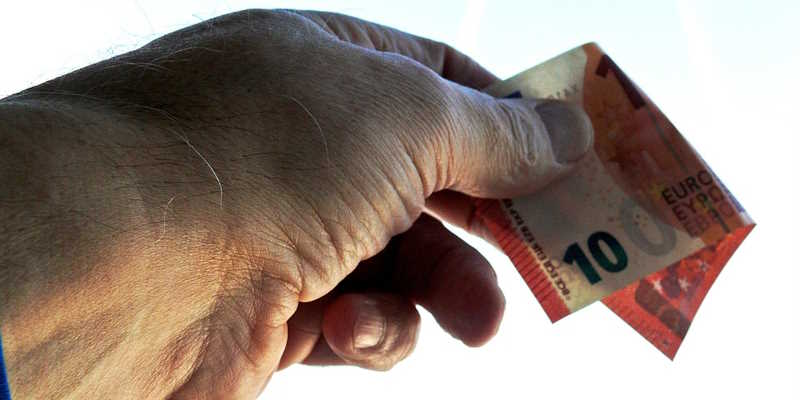
Double tipping is a common mistake first-time cruisers make. Cruise lines typically add gratuities to your bill, whether it’s drinks, spa treatments, or fitness classes. So many passengers unknowingly tip again. Nothing wrong with generosity. But extra tips add up fast and leave you overpaying for services.
Of course, gratuity policies on cruise ships often spark debate among passengers. Most cruisers view them as a “necessary evil.” Whatever the case, check your bill to see if gratuities are included. Then, make an informed decision to tip again or not.
Learn more about the hot topic of refusing to pay gratuities onboard.
Using the Onboard ATM Comes with Steep Fees
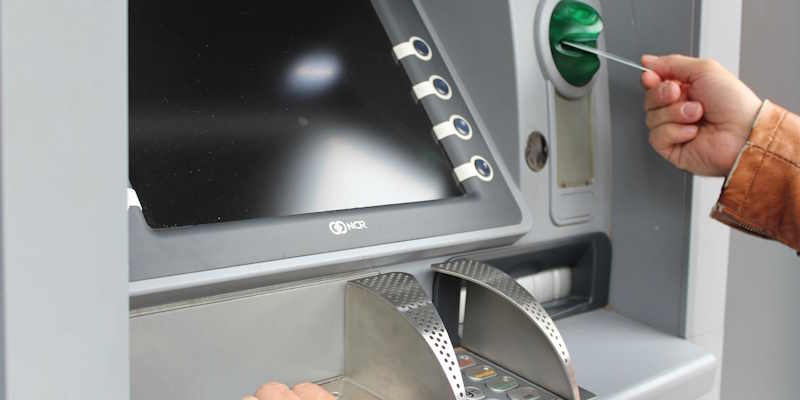
Using the onboard ATM might seem convenient, but it’s one of the fastest ways to waste money on a cruise. Withdrawal fees range from $5 to $10 per transaction, not including the additional bank charges. Add in unfavorable exchange rates for international cruises, and you’re paying a premium just to access your own money.
To avoid these sky-high fees, plan ahead. Bring enough cash for tips, small purchases, and port excursions. If you need more, find ATMs in port with lower withdrawal costs. One cruiser advised to try to avoid the ship’s ATM altogether. If you must use it, take out larger sums to avoid making several withdrawals.
Click here for our guide to smart spending strategies at sea.
Bottled Water is an Unnecessary Expense

Paying for bottled water onboard is one of the easiest ways to waste money on a cruise. Cruise lines charge a premium for something as basic as water, often marking up bottled water several times over its retail cost. When it’s so easy to find alternatives, spending on bottled water becomes a drain on your budget.
Instead, bring a reusable water bottle and refill it at the free water stations onboard. Some cruisers even pack a small water filter for extra peace of mind. One told me how they brought a refillable water bottle, and it saved them at least $50 on their trip.
Room Service Charges Can Sneak Up on You

Room service feels like a vacation luxury, but many cruise lines have started adding fees for late-night orders or specialty menu items. While grabbing a quick snack in your cabin is convenient, those small charges can add up fast throughout your trip, turning a simple indulgence into an unexpected expense.
Instead, check your cruise line’s room service policy and stick to included dining options. For example, most cruise lines have complimentary room service for continental breakfasts.
One cruiser noted, “I stopped ordering room service late at night when I realized those $5 fees would add up to $50 by the end of the week!”
Curious about other ways to save money onboard? Click here for my top 40 cruise hacks.
Pay-Per-View Movies Are a Pointless Splurge

Catching a movie in your cabin sounds like a relaxing way to wind down, but onboard pay-per-view costs range between $8 and $20 per film. Not too much, but the costs add up over time. And with a ton of free entertainment options on the ship, why spend extra on something you could watch at home for free?
Instead, download movies or shows onto your device before you board. One savvy cruiser shared, “I preloaded my tablet with movies and shows—it saved me money, and I could watch them anywhere on the ship.”
Mini-Bar Charges that Rack Up Hefty Bills
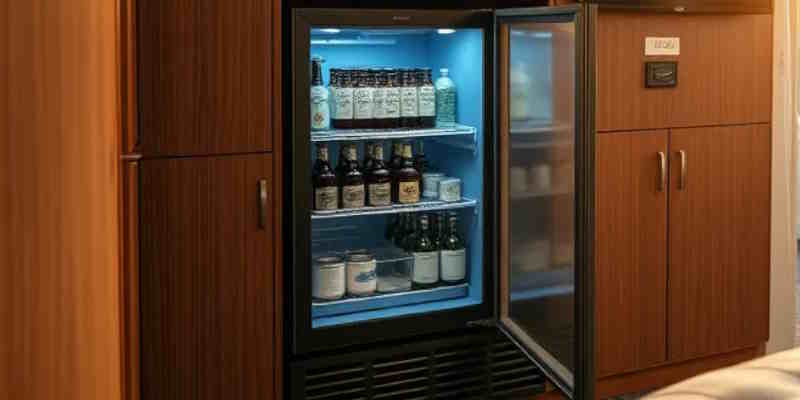
That mini-bar in your cabin may look tempting, but beware: the prices are anything but mini. Cruise lines charge exorbitant fees for snacks and drinks, with some items costing two or three times what you’d pay in port or at a local store. It’s a costly convenience that can quietly inflate your onboard bill.
Instead, ask your cabin attendant to empty the mini bar. This way, you can store your own snacks or drinks and avoid the temptation of indulging in overpriced beverages.
Some cruise lines let you bring your own alcohol—beer and wine—onboard. So, check out your limits and stock the mini bar with your own drinks.
Your Cruise, Your Budget: Make Every Dollar Count
Cruising should be about creating unforgettable memories, not stressing over surprise expenses. Beware of common cruise ship money traps that can make a serious hole in your vacation budget. Smart strategies like snagging first-day deals, staying onboard during a port day, and shopping locally in port can help curtail excessive spending.
Thoughtful planning and small changes can make a big difference in stretching your budget while maximizing your cruise experience.
Related articles:

